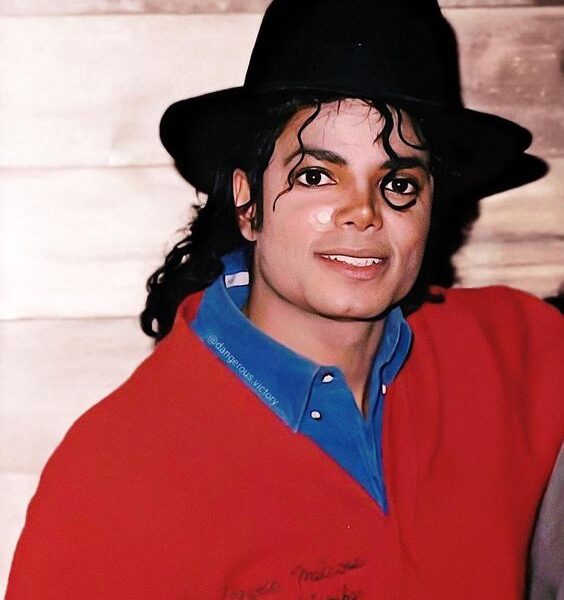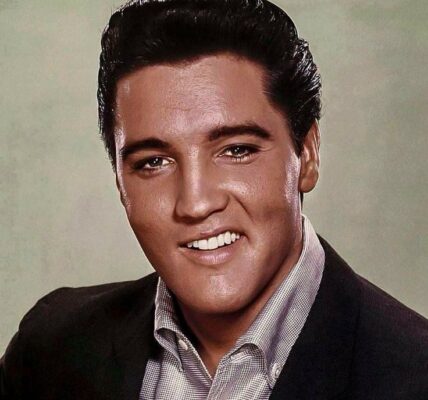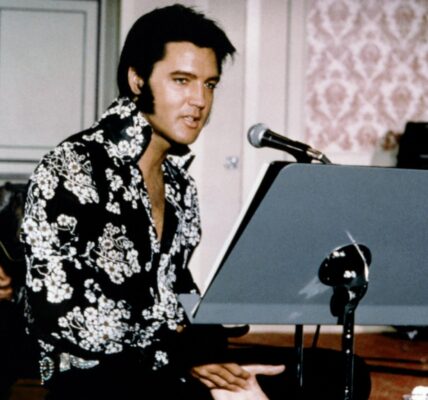Michael Jackson, the King of Pop, was more than just a music icon; he was a visionary who continually sought to break boundaries and redefine the entertainment landscape. One of the most intriguing chapters in his illustrious career was his collaboration with Sega to develop the video game “Moonwalker.” This partnership was a testament to Jackson’s keen interest in merging entertainment with cutting-edge technology, creating a unique synergy that captivated fans and gamers alike.
The Genesis of a Groundbreaking Collaboration
In the late 1980s, Michael Jackson was at the peak of his career, having released his groundbreaking album “Bad” in 1987. His influence extended far beyond music, impacting fashion, dance, and even film. Jackson’s 1988 film, “Moonwalker,” a collection of short films featuring his music, showcased his ambition to push creative boundaries. This ambition naturally led to the idea of translating the film’s success into an interactive medium – a video game.
Enter Sega, a leading video game company known for its innovative spirit. Sega recognized the potential of combining Jackson’s star power with their gaming expertise. The result was the creation of the “Moonwalker” video game, a project that would see Jackson deeply involved in its development.
Michael Jackson’s Hands-On Involvement
Unlike many celebrity-endorsed projects where the star’s involvement is minimal, Jackson took a hands-on approach with “Moonwalker.” He worked closely with Sega’s development team, contributing ideas and ensuring that the game reflected his artistic vision. Jackson’s involvement was not just limited to lending his name and likeness; he provided creative input on the game’s storyline, design, and music.
The game’s premise was inspired by the “Smooth Criminal” segment of the “Moonwalker” film. Players controlled Jackson’s character as he embarked on a mission to rescue kidnapped children from the clutches of the evil Mr. Big, a role played by Joe Pesci in the film. The gameplay was designed to reflect Jackson’s unique blend of action, music, and dance, incorporating his iconic moves and songs.
Bridging Music and Technology
“Moonwalker” was a pioneering effort in integrating music into gameplay. The game featured chiptune versions of Jackson’s hit songs, including “Smooth Criminal,” “Beat It,” and “Another Part of Me.” These tracks were not mere background music but integral to the gaming experience, enhancing the connection between the player and Jackson’s world.
Jackson’s character in the game possessed unique abilities, such as using his dance moves to defeat enemies. The “Dance Magic” special move, for example, caused all on-screen enemies to dance with Jackson, eventually being defeated by the power of his performance. This creative fusion of music and gameplay was a testament to Jackson’s innovative spirit and Sega’s technical prowess.
The Impact and Legacy of Moonwalker
“Moonwalker” was released in 1990 for Sega Genesis, Master System, and arcades, receiving positive reviews for its originality and the seamless integration of Jackson’s music and persona. The game became a commercial success, further cementing Jackson’s influence beyond the music industry.
The collaboration between Michael Jackson and Sega was more than just a marketing strategy; it was a pioneering effort that demonstrated the potential of video games as a medium for artistic expression. Jackson’s ability to foresee the convergence of different entertainment forms laid the groundwork for future collaborations between music and technology.
A Visionary Beyond His Time
Michael Jackson’s work with Sega on “Moonwalker” showcased his forward-thinking approach and his desire to innovate. He understood the power of technology to enhance storytelling and create immersive experiences. This project was a precursor to the multimedia integrations we see today, where artists use various platforms to engage with their audience.
Beyond the Game: Jackson’s Technological Ambitions
Jackson’s interest in technology extended beyond the realm of video games. He was known to be fascinated by the potential of new media to expand his artistic reach. From pioneering music videos that were mini-movies in their own right to exploring virtual reality and interactive media, Jackson was always looking for the next big thing. His collaboration with Sega was just one example of how he sought to leverage technology to create new forms of entertainment.
In many ways, Jackson’s vision prefigured the modern era of digital entertainment. Today, artists regularly use video games, virtual reality, and other interactive technologies to engage with their fans in innovative ways. Jackson’s work on “Moonwalker” was a harbinger of this trend, illustrating his prescient understanding of where the entertainment industry was headed.
The Cultural Impact of Moonwalker
“Moonwalker” was more than just a game; it was a cultural phenomenon. It encapsulated the essence of Michael Jackson’s persona – his music, his dance, and his larger-than-life presence – in a format that was accessible and engaging to a wide audience. For many fans, especially those who grew up in the 1990s, “Moonwalker” was a way to connect with Jackson’s artistry in a deeply personal way.
The game also had a significant impact on the video game industry. It demonstrated that video games could be more than just a pastime; they could be a form of artistic expression and a medium for storytelling. This realization helped pave the way for the development of more sophisticated and narratively driven games in the years to come.
A Lasting Legacy
The legacy of “Moonwalker” endures to this day. It remains a beloved classic among both Michael Jackson fans and retro gaming enthusiasts. The game is often cited as an example of how music and video games can complement each other to create a unique and memorable experience.
Moreover, “Moonwalker” is a testament to Michael Jackson’s enduring influence. Even years after his passing, his work continues to inspire and entertain people around the world. The game stands as a reminder of his creativity, his innovative spirit, and his willingness to embrace new forms of media to connect with his audience.
Conclusion
In conclusion, Michael Jackson’s collaboration with Sega on “Moonwalker” was a groundbreaking endeavor that highlighted his interest in merging entertainment with technology. It was a partnership that brought together the best of both worlds, creating a timeless piece of interactive entertainment that continues to inspire and entertain fans across generations. Jackson’s legacy as a pioneer in both music and technology remains undisputed, and “Moonwalker” stands as a testament to his visionary genius.
The story of “Moonwalker” is a fascinating chapter in the history of video games and a shining example of Michael Jackson’s innovative approach to his craft. It underscores his belief in the power of technology to enhance art and entertainment, a belief that continues to resonate in today’s digital age. As we look back on Jackson’s illustrious career, “Moonwalker” remains a vivid illustration of his lasting impact on the world of entertainment




